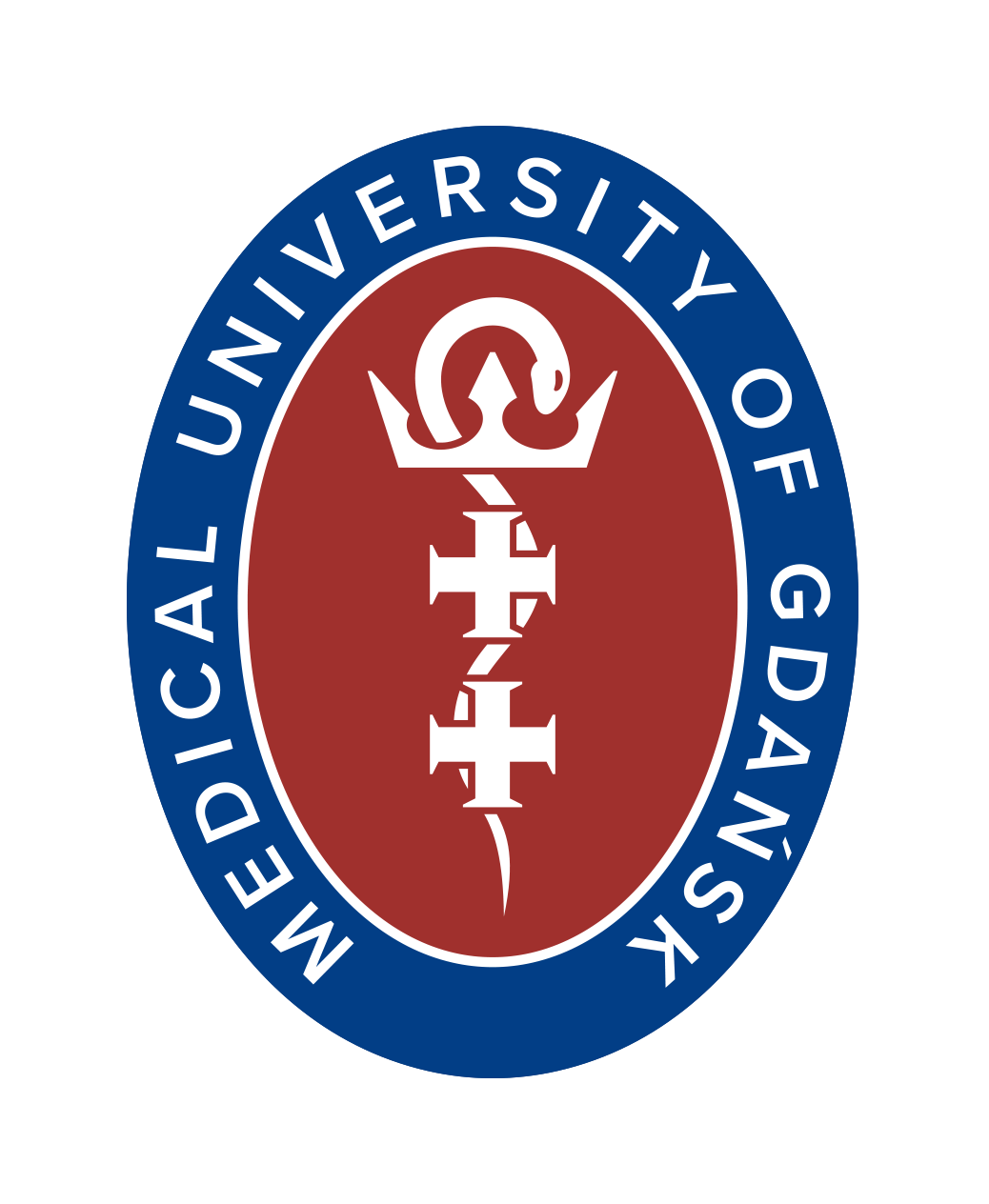Abstract
While majority of women globally live in a misperception that breast cancer is the leading killer of all women, it sadly still is heart disease irrelevant of the corner of the world.
Citation
Parapid B. Cardiovascular risk in women: here, there and everywhere. Eur J Transl Clin Med.While majority of women globally live in a misperception that breast cancer is the leading killer of all women, it sadly still is heart disease, irrelevant of the corner of the world [1]. The findings from 2 major epidemiological registries helped to identify the cardiovascular disease risk factors: the Seven Countries’ Study (SCS) conducted across 3 continents (the United States, Japan, Finland, the Netherlands, Italy, Greece, and former Yugoslavia) and the Framingham Heart Study (FHS). The SCS included only men because in the post-WWII era, women were thought to be protected from heart disease, whereas the FHS did include women and men, though primarily of Caucasian descent. Notably, the maternal morbidity and mortality data collected from the SCS participants, are both insightful and valuable. A 40-year follow-up revealed that sons of mothers with confirmed heart disease and / or hypertension had greater cardiovascular morbidity and mortality [2]. Still, it was not until the Nurses’ Health Study II (1991-2013) that the link between night shift work and an increased risk of developing diabetes and obesity was found [3-4]. Regrettably, sex-specific risk factors appeared for the first time in the US and European guidelines as late as 2019 and 2021, respectively [5-6]. The current American Heart Association’s (AHA) “Life’s Essential Eight” encompass smoking status, control of glycemia, cholesterol, blood pressure and weight (including diet and physical activity) and for the first time sleep habits [7]. However, it was abridged for cardiovascular risk in women recognizing peripartum as a window of opportunity for timely screening and prevention since hypertensive disorders of pregnancy, gestational diabetes, pretermbirth, placental abruption and small for gestational age were added as an additional concentric circle [8-9].
Irrelevant of the abundance of growing evidence and a recent AHA scientific statement on cardiovascular health in the transition from adolescence to emerging adulthood, different regional efforts are needed to optimize health literacy of women and promote collaborations of all involved [10-21]. In that spirit, Serbia has formally launched its campaign in 2018, followed by continuous research efforts, advocacy and introducing new concepts to the curricula of medicine residents’ and cardiology fellows’ [15, 22-25]. Women are the most underserved group the COVID-19 pandemic created, therefore we are optimizing their comprehensive cardiovascular care via the “Dr. Nanette Kass Wenger” Women’s Heart Center and an additional program that, besides the features of similar programs based in the United States and Canada [26-27], also include a Lifestyle Clinic aiming to serve [14, 28-29] not only women, are the pandemic frontliners, but also all post-COVID-19 and long COVID patients [15].
In conclusion, as we are ending the first quarter of the 21st century it remains of paramount importance to continue to develop regional toolkits (e.g. the recently published by the American College of Cardiology) [30] and to keep fighting against misogyny. Regardless whether its promoters are men or women (via internalized misogyny masked as „cultural habits“) [23] and even when systemic racism (such as the one reported in the US) is excluded, misogyny is recognized as the basis of barriers to timely diagnosis and treatment of women. The resultant more severe CVD in previously undiagnosed women can be observed at the Women’s Heart Centers around the world. Misogyny requires both additional quantification in healthcare and the academia, as well as prompt and just sanctions for perpetrators for otherwise no progress shall be achieved.
Conflict of interest
None to declare pertaining to the given keynote lecture at the opening of the 38th National Student Cardiology Conference (XXXVIII Ogólnopolska Studencka Konferencja Kardiologiczna) on March 28, 2025 in Gdańsk (Poland).
Funding
None.






